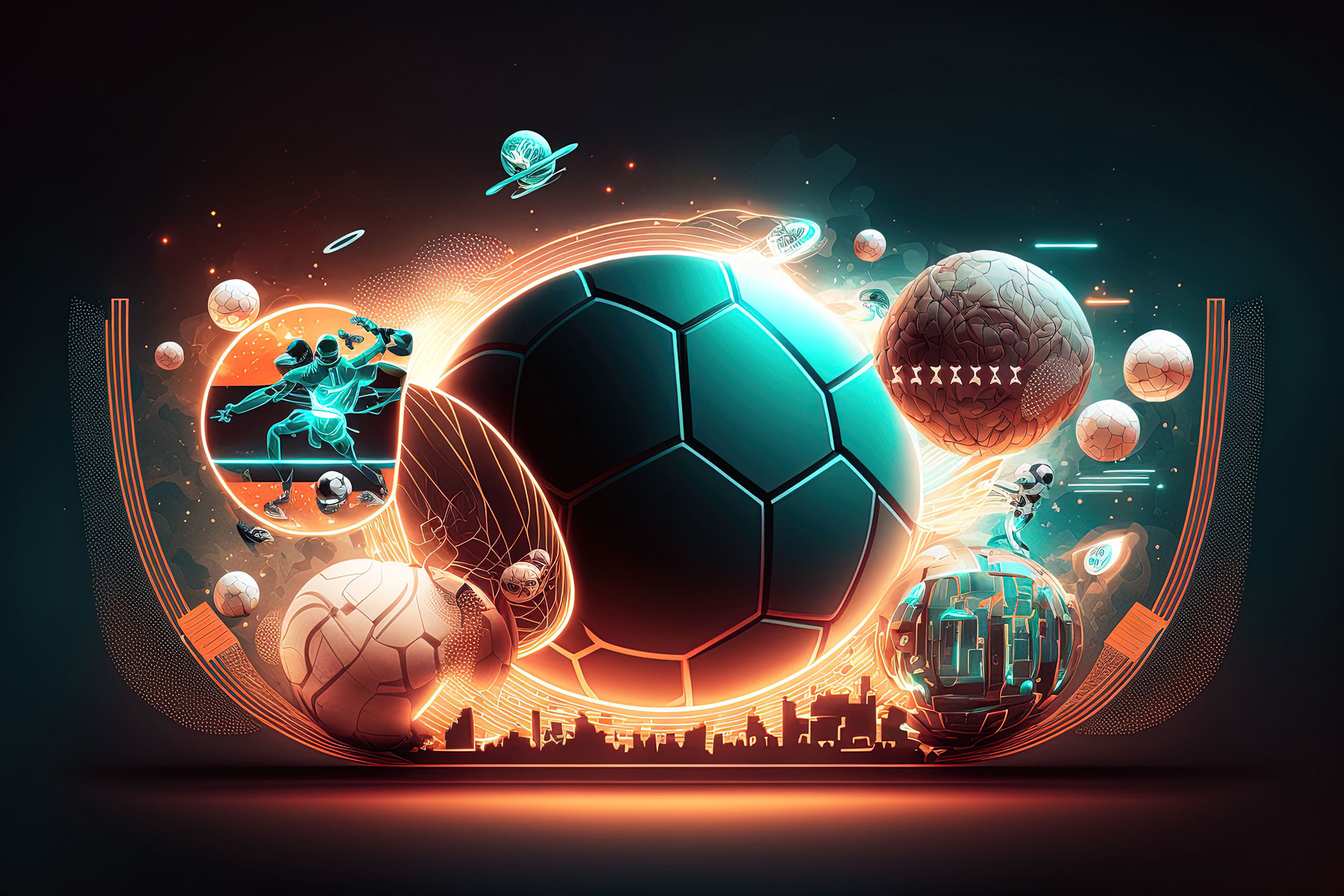The multitude of uses for VR is growing every day. A new study is looking at the potential VR could have for basketball coaches in finding talented players. Take a look at the story below:
Staffordshire University’s Dr Pooya Soltani co-led the research with Dr Antoine Morice from Aix-Marseille University and shares how VR technology could be used to find the next Steph Curry or Lebron James in this recent article published on The Conversation.
The experiment invited both experienced and novice basketball players to shoot ‘virtual’ hoops in a realistic basketball simulator where their performance was evaluated using three scales; how the ball interacted with the hoop, how players interacted with the ball, and how players adjusted their movements.
Experienced participants played basketball at competitive levels ranging from departmental to professional national while novice participants reported recreational or no experience of playing basketball.
Dr Soltani, a Senior Lecturer in Games Development, explained: “With VR simulators there are many possibilities to add, remove or isolate different visual information. You can change the light, you can change the colours, you can add opponents to induce stress, or add time constraints.
“Out of all these possibilities we decided to focus on parameters based on existing research which shows that when basketball players want to shoot, they get information from the markings on the floor of the court and the distance of the basketball hoop. We chose to isolate this information and keep the floor constant but virtually move the hoop to different positions, which obviously you can’t do in real life.”
During the test, participants were asked to naturally throw a ball identical in weight, texture and size to an official FIBA basketball but with kinematic sensors inside, while standing in front of a realistic virtual basketball court projected on a large screen. Players observed the scene in 3D by wearing stereoscopic glasses while computer software extrapolated the ball trajectory in real-time, updating the virtual scene according to the player’s point of view.
Success rate correlated with players’ physical adjustments to basket distance and the ball’s trajectory, while several variables revealed that experienced players behave differently from novice players. Experienced players mostly shot with feet on the ground and showed lower ankle angle values compared to novice players. These observations are consistent with existing research which highlights that jump-shots decrease stability in the ball release, and therefore, lead to less successful shots.
Dr Morice, an Assistant Professor of Sports Sciences, mentioned: “This study propels VR as an effective tool for basketball coaches. Firstly, the results can advise on appropriate and affordable equipment. Secondly, the results can allow coaches to select scenarios that benefit their training sessions.”
The researchers also believe that this technology could be used to scout out the most talented up-and-coming players.
“When we compared how a skilled player would react in real life to how they behaved in the VR simulator, the data showed little difference in performance. Coaches can trust the basketball shooting simulator to enable realistic behaviour, to track player differences, and to challenge the players’ perceptual-motor systems naturally.” Dr Morice said.
“Talent identification can take up a lot of time and coaches’ evaluations can sometimes be subjective and unreliable. Creating a ‘VR game’ based on our research could objectively test a player’s ability using a VR headset and instrumented ball.”
Dr Soltani added: “One of the key messages is that if you want to evaluate a virtual reality simulator then you have to consider different skills and different parameters to get meaningful data. VR technology has huge potential for identifying talent and this principal could easily be applied to other sports by modifying the simulator and parameters.”
Read full article here.






